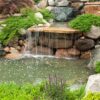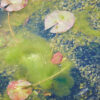Winter is a tough time of year for pond plants. Without the warmth of the sun, they have to be extra careful about getting enough nutrients and water. Luckily, there are some easy ways to help your plants make it through the cold months without dying. In this article, we’ll talk about how to keep your pond plants alive over winter. We’ll also discuss what you can do to make sure your plants are healthy and happy in the spring!
How to Winterize Pond Plants
The cold temperatures and snow of winter can be especially hard on pond plants. Many will die if left in a pond during the colder months. Some can be brought back to life if you know what to do, but most will need to be replaced.
Here’s how to winterize your pond plants:
- Remove floating plants from your pond. If you want to keep them alive, submerge them in buckets or sink them in mud at least four inches below the surface of the water.
- Remove any submerged plants that are not rooted in the substrate or rocks of your pond. Submerge them in buckets or sink them in mud at least four inches below the surface of the water.
- Rake leaves and other debris off of the bottom of your pond before they freeze into place and become impossible to remove later on.
- Add a layer of mulch over exposed soil around your ponds edge and along its banks for insulation against freezing temperatures.

Winterizing Hardy Pond Plants
Hardy pond plants are the stars of the pond, providing a splash of color and seasonal interest. Winterizing hardy pond plants is not difficult, but it does require some preparation. With proper care, these perennials can survive for years in a pond.
Winterizing Hardy Pond Plants
When winter arrives, your hardy pond plants will need to be cut back to the water level or below. This will prevent the roots from freezing and dying during cold weather. It is best to do this before the ground freezes so you can easily see where they are.
You may also need to remove some soil or rocks that cover up their bases to ensure they are properly cover with water in winter.
If your hardy pond plants have been growing well all season, you may want to leave them in place throughout winter and wait until spring before trimming them back again.
In case, they have not grown as well as expected or have died back from summer drought or insect damage, you may want to remove them completely from your pond at this time. If you choose this option, use caution when handling them because many of these plants are poisonous if ingested by animals or humans!
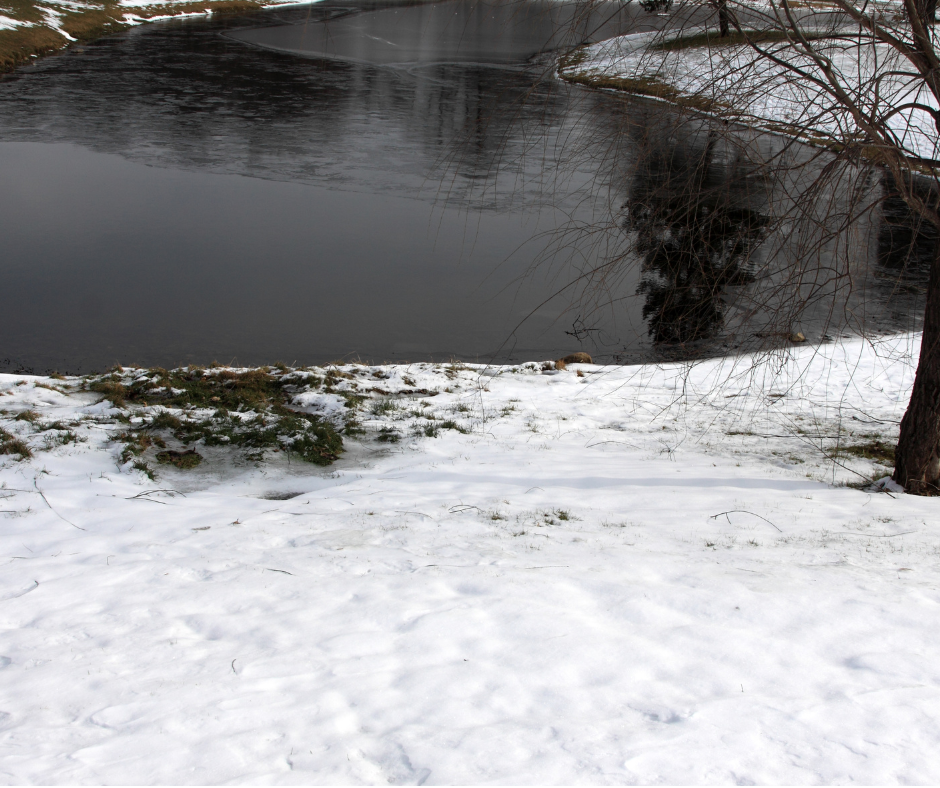
Winterizing Non-Hardy Pond Plants
If you live in an area where pond plants are not hardy, then it’s important to winterize your pond plants so that you don’t lose them. Winterizing non-hardy pond plants can be done in a number of ways.
One method is to place the plants in a greenhouse and cover them with plastic or other types of material. This will protect the plants from freezing temperatures and keep them alive until spring when they can be put back into the pond.
Another method is to plant your non-hardy pond plants in containers that have been filled with soil and placed next to your house or garage. If there is no room for this type of setup, then at least try to keep them out of direct sunlight during these cold months so that they do not dry out too quickly.
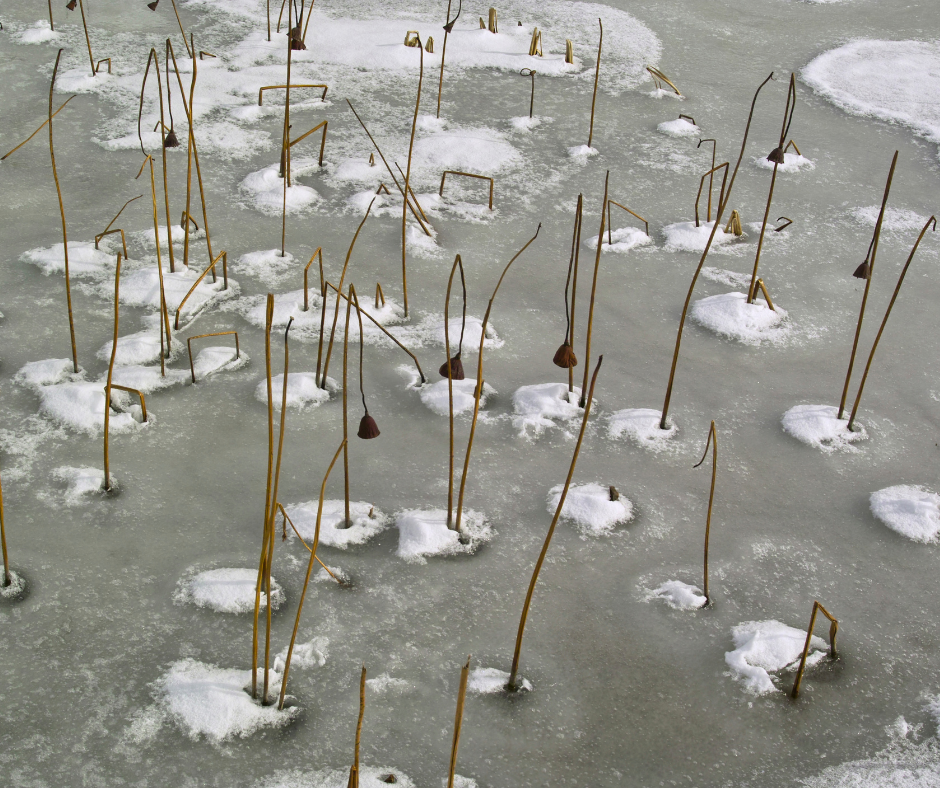
How Do You Store Pond Plants?
Pond plants can be stored in three ways:
- Submerged in water. Submerging pond plants in water will keep them fresh and extend their life. The key is to store them in a container that holds enough water that they don’t dry out, but not so much that it becomes stagnant. The plant must have access to oxygen and sunlight as well.
- In a pot with soil. If you’re storing plants out of water, the best way is to put them in a pot with soil and store them in an area where they will receive plenty of light and air circulation. Keep the soil moist; if the leaves begin to wilt, the plant needs more water.
- In a location where temperatures are cool (40 degrees Fahrenheit or below) and humidity is low (less than 50%).
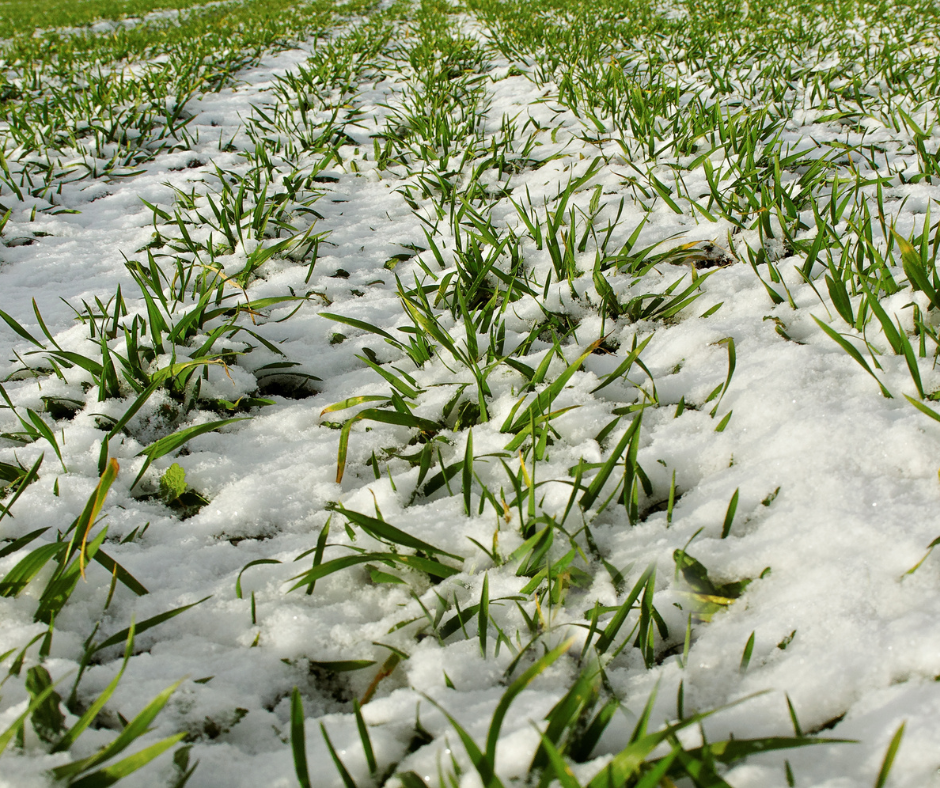
How Do I Winterize My Pond Lily?
As the cold weather approaches, it’s time to think about how you’re going to protect your pond lilies. If they are in a container, you can move them into an unheated greenhouse or garage. If they are in the ground, you’ll need to cover them with something so they don’t freeze.
In either case, the process is similar. Start by removing all of the dead foliage from your pond lilies. This will help prevent disease and ensure that you have clean water for next year’s flowers. You can compost it or add it to your garden compost pile if you want.
Next, remove any debris from around the roots of your pond lilies and trim off any broken or damaged roots. This will help prevent disease as well as improve their appearance next spring when they come back to life again!
Now you’re ready for winterizing! If possible, remove the entire plant from its container or hole and place it in a bucket or tub filled with water until springtime. This will keep it from freezing solid at night when temperatures drop below freezing outside (which could damage or kill it). Your containers should be filled almost completely full of water so that only a little bit of soil is showing above
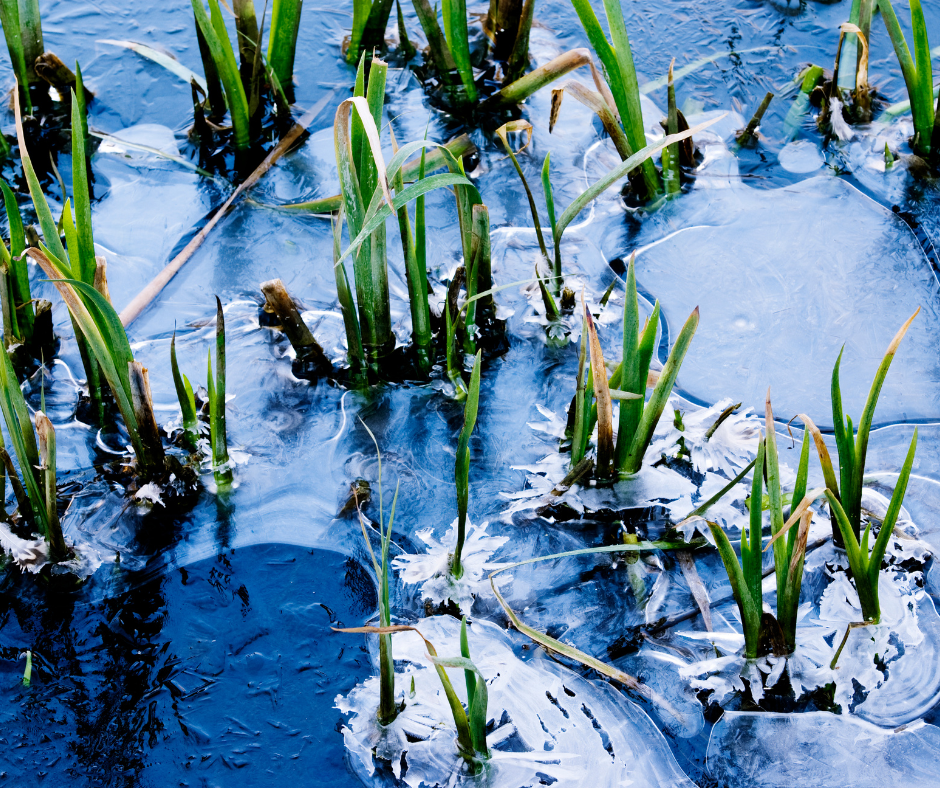
How Do You Keep Water Hyacinths Over Winter?
The best way to keep water hyacinths is to prevent them from dying off at the end of summer so that they will survive through winter and continue to grow. If you want your water hyacinths to continue growing and blooming in your pond, here are some tips:
Remove any dead leaves from the plant before winter begins. Dead leaves will not decompose during winter months because there is no sunlight for them to use for photosynthesis. They will only decompose when temperatures rise again in spring, which could be late depending on where you live.
Add fertilizer to your pond before winter sets in if you want extra nutrients for your plants during this time period or if you’re going away for a long vacation where no one will be tending to your pond.



